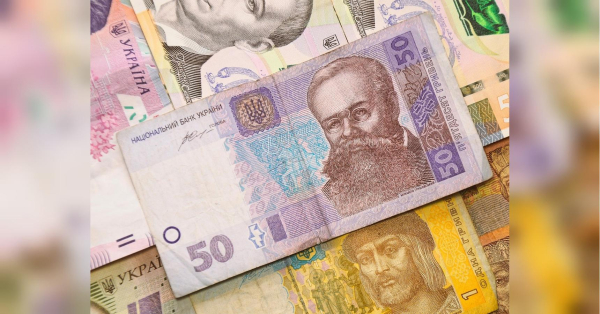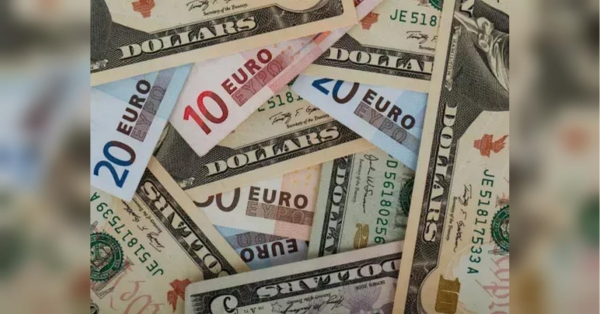
Activists with the right-wing “Flemish Interest” party drove their cars to the Belgian capital on Sunday in an effort to counter the formation of the country’s new federal cabinet.
Small family sedans, monstrous pickup trucks, flashy sports cars and even buses with yellow-and-black Flemish lion flags were spotted all over Belgium over the weekend, as right-wing “Flemish Interest” activists launched what they describe as one of their biggest demonstrations in decades.
Convoys from the country’s Flemish regions – over 5000 cars carrying more than 10,000 people according to organizers, arrived to an open-air parking lot in the suburb of the Belgian capital, where a rally was held.
Belgium held its previous Federal Election on 26 May 2019, alongside European and regional elections, which led to negotiations to configure the federal executive branch of power, as well as regional governments – the Flemish, Walloon, French Community and German Community, and the Brussels government.
Due to differences in voting outcomes in Wallonia, which favoured the left side of the political spectrum, and Flanders, which has shown overwhelming support for right-wing candidates, it became difficult for Belgians to form a new federal government.

“Flemish Interest” activists seen gathering around the bus during the Sunday’s rally in Brussels, Belgium, 27 September 2020
The situation led to a lengthy deadlock with a caretaker government, appointed in March of 2020 and headed by Sophie Wilmes in charge until its mandate de-facto ran out in the summer of 2020, but remaining in office until the deadlock is resolved.
The next confidence vote is likely to be held in the coming days, most probably in the beginning of October, but Flemish nationalists oppose a coalition that may eventually take control of the government.
The symbolism of the current Flemish nationalists’ protest is based on a musical metaphor, with the proposed cabinet being dubbed the “Vivaldi coalition” after Antonio Vivaldi’s “Four seasons” baroque concerti.
According to the concept, the coalition’s “seasons” match the party colours of its potential participants – blue for liberals, representing winter, green for the Green party – for the spring, red for socialists and summer, and orange for Christian Democrats and the Flemish (CD&V) being the fall.

A Flanders flag seen in front of a monitor showing “Flemish Interest” chairman Tom Van Grieken delivering a speech, 27 September 2020
“Flemish Interest”, which was not invited, is against this “classical setup”, calling it “anti-democratic and anti-Flemish”.
Jolan Deschepper, a “Flemish Interest” municipal council member from the coastal city of Ostend who participated in the Brussels rally, says that the event was a success, and criticized other parties’ policies towards the Flemish community:
“Clearly,” he suggested, “it’s a wake-up call for parties like CD&V, who said from the start that Flemish majority is a must, but now had lost all the sense of direction altogether and want to be part of the Vivaldi coalition.”
“Flemish Interest” won 18.5% of the vote during the 2019 Federal Election, getting 23 seats in the country’s Chamber of Representatives, 17 seats more than the previous term, and becoming the second most powerful political force in the Chamber, after the New Flemish Alliance (N-VA).
Together these two right-wing forces, whose campaigns were built on ideas of Flemish nationalism, received around half of the votes in Flanders. Despite similar political platforms, however, the two parties remain in opposition to each other.
Sourse: sputniknews.com






